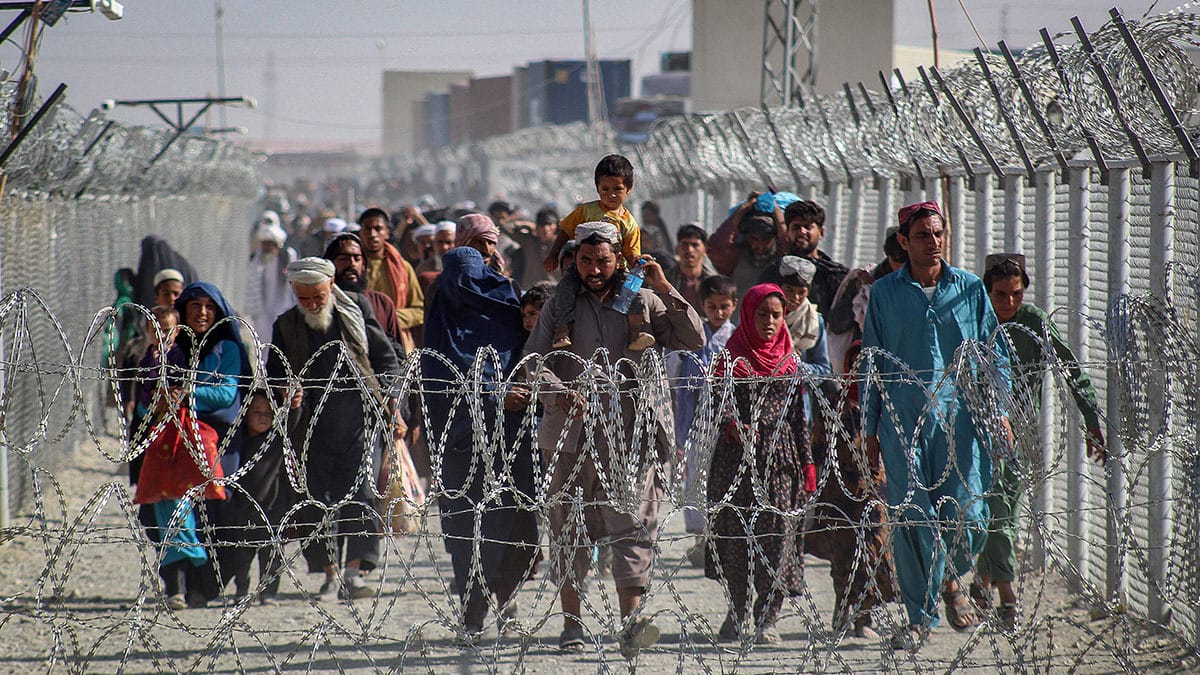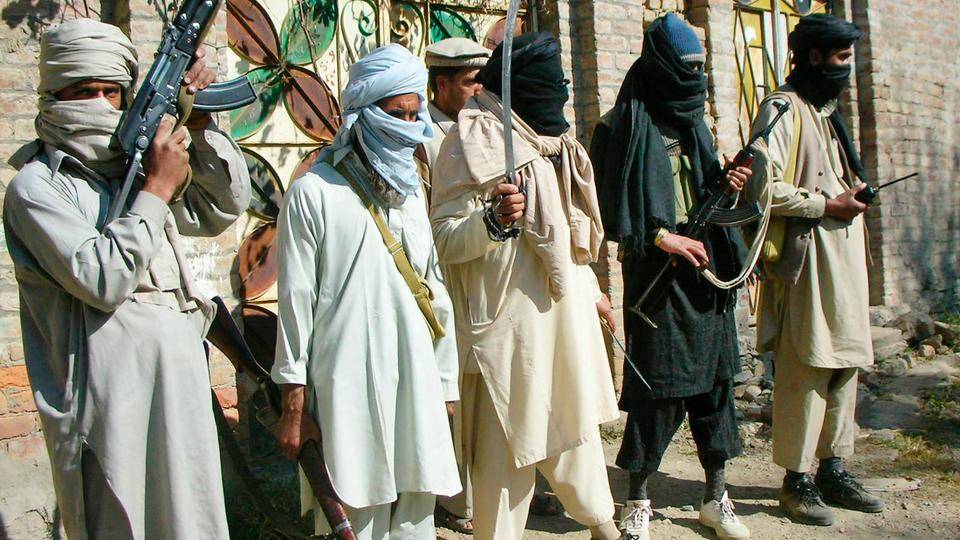Least-developed countries host the largest number of refugees, according to UNHCR. In Asia and the Pacific, 90% of all refugees are concentrated in three nations: Iran (3.4 million), Pakistan (1.7 million), and Bangladesh (952,400), with Iran and Pakistan sheltering one of the largest Afghan refugee populations. Once a safe haven for Afghans fleeing persecution, Pakistan’s stance has now drastically shifted. The Pakistan Interior Ministry has advised all Afghan nationals to leave by March 31, 2025, with Afghan Citizen Card (ACC) holders required to depart voluntarily before the deadline or face deportation from April 1, 2025. This directive falls under Pakistan’s Illegal Foreigners Repatriation Program (IFRP), in effect since November 1, 2023.
Tag: Tehrik-e-Taliban
Emergence of Tehrik-e-Taliban Pakistan and Beyond
There was a time in the year 1979, when the Soviets invaded Afghanistan, at that moment both Pakistan and the US considered Afghanistan as a region to safeguard their interest. When Afghanistan was having wars with Pakistan it didn’t bother Pakistan much as it was aware of US funding to Pakistan but today the scenario has changed, post US withdrawal from the region Pakistan is left to deal with terror outfits in Afghanistan all alone. Pakistan has a long-shared bond with TTP as TTP is Pakistani militants from Pakistan, TTP experienced a strong comeback in 2020 after the Afghan peace deal with the US. Afghan Taliban and TTP share deep ideological roots.

